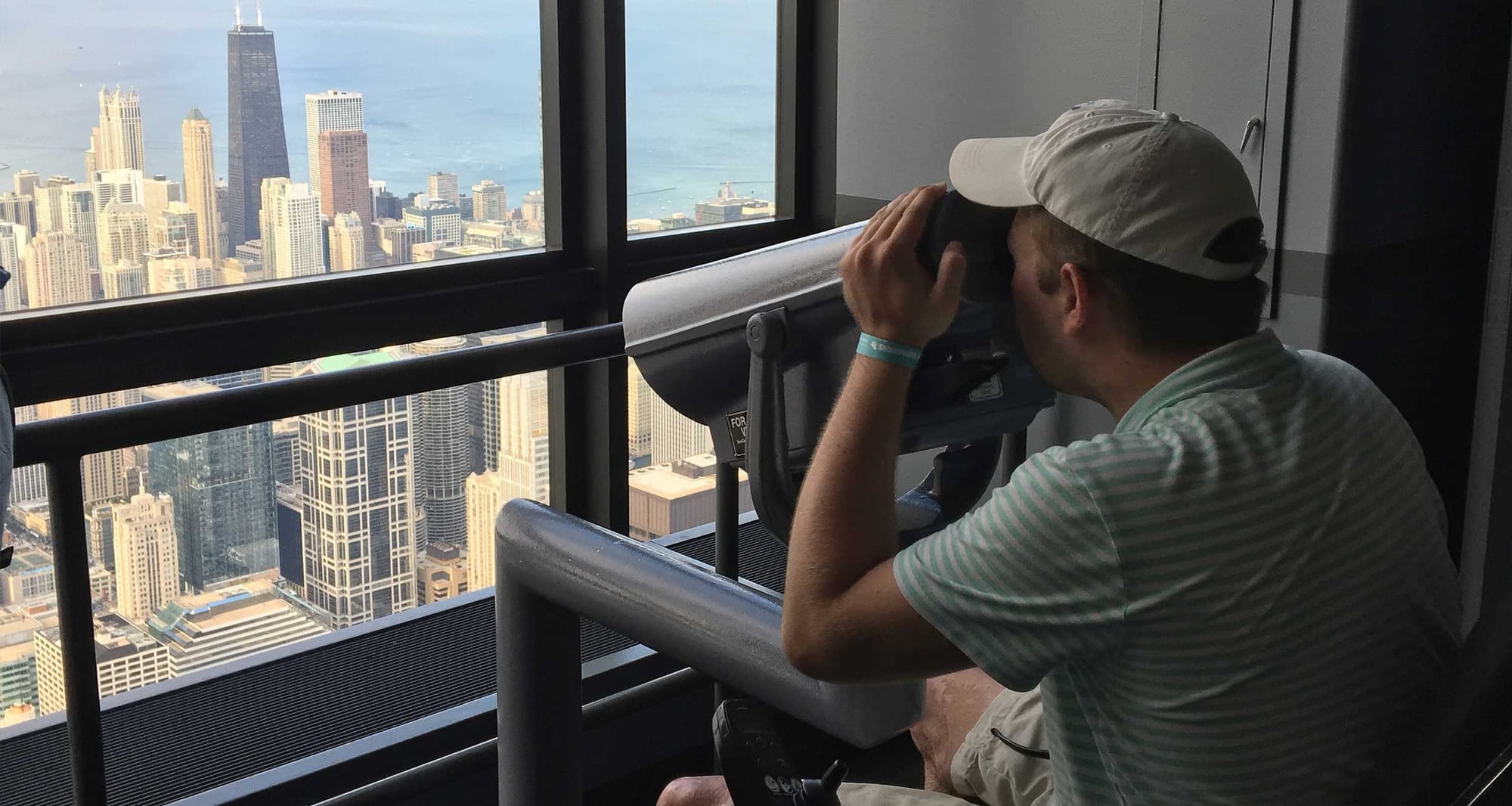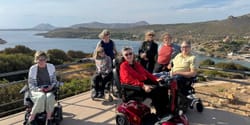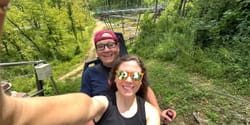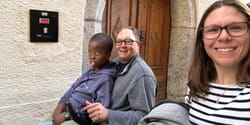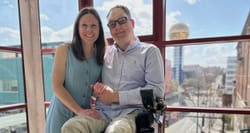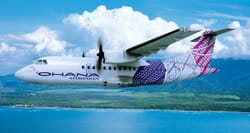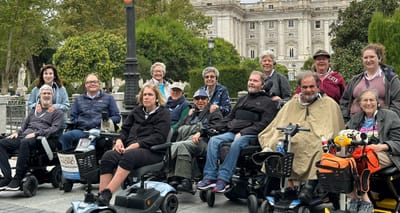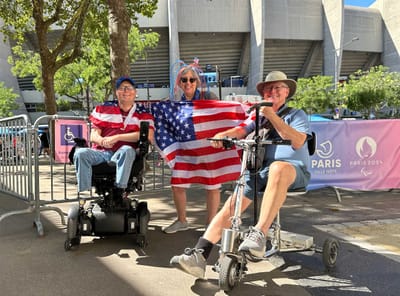At the end of January, I made the decision to cancel a trip to Beijing, China due to the coronavirus outbreak in Wuhan. At the time, I did not expect that a global pandemic would erupt and that I would be grounded by the second week of March. Like most Americans, I expected to isolate for “15 days to slow the spread” and resume my life as normal. That didn’t happen.
COVID-19: Better or Worse?
Depending on the statistics referenced, you could say that the pandemic in the United States has gotten worse, or you could make the case that we’re better off than we were in March and April. Take a look at the following data charts (courtesy of Wikipedia) to see what I mean.
The following chart indicates the number of new daily cases, with a seven-day moving average:

As you can see, the number of new cases in October is more than double what it was on April 1st, but that might not be as big of an issue as one might expect. The following chart indicates the number of new daily deaths, with a seven-day moving average:
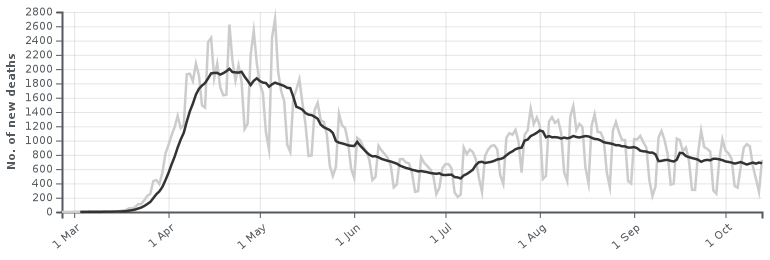
This chart shows that the average number of daily deaths is now less than half of what it was during the peak in April. That is good news! Advances in treatments for patients infected with the coronavirus surely have had a lot to do with this improvement, but high-risk groups are still at high risk of serious complications.
Is it safe for disabled people to travel?
When I surveyed Wheelchair Travel readers earlier this year, 57% identified as being part of a high risk group while only 10% considered themselves to be low risk. When study participants were asked when they would be ready to travel again, 46% said that they would not travel until a COVID-19 vaccine is available. For members of the highest-risk populations, the safe approach its probably the correct approach. 14% of readers, presumably members of the low and moderate risk groups, said they were willing to travel at the time of the survey, which was taken in June and July.
The decision to travel is one that we must each make independently and in consideration of our individual risk profile. Due to the advances in treatment of the virus and because I am only at moderate risk, I have made the decision to emerge from my months-long isolation and test the waters of domestic travel.
Planning a wheelchair accessible trip during a pandemic
Next week, I will board an airplane for the first time in 224 days. That flight will kick-off what is effectively a tour of the (mostly) western United States. My first stop will be in Roswell, New Mexico, where I hope to learn more about aliens at the International UFO Museum and Research Center.
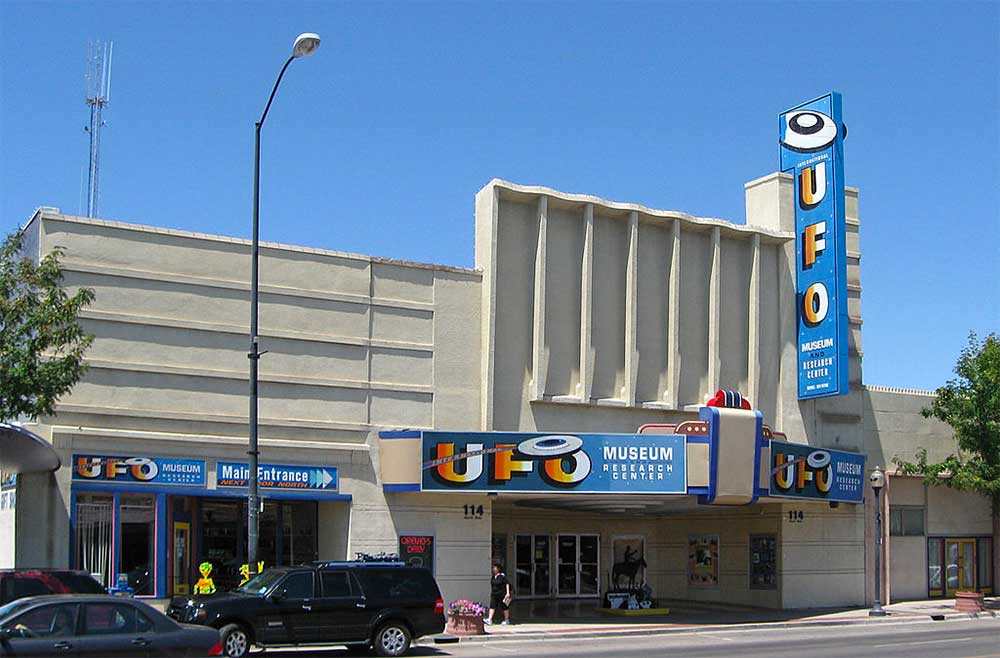
I chose Roswell as my first destination because it is a small city where social distancing should be easy to accomplish. Visitors to the state (myself included) are expected to quarantine for 14 days or be prepared to present a negative test result. After Roswell, I will travel to Rapid City, South Dakota to visit the iconic Mount Rushmore National Monument. It is the start of low season in South Dakota and Rapid City has a relatively small population.
Assuming that my trip starts well and I am confident enough in my precautionary measures to continue the trip, my next stop will be Las Vegas, Nevada! There, I plan to stay at the first smoke-free hotel & casino on the Las Vegas Strip, and I will also tour the brand-new Circa Las Vegas casino during its opening week.
My final stop on this journey will be in Salt Lake City, Utah, where I plan to check-out the city’s brand-new airport terminal, which will hopefully prove to be a great example of accessible design. I will also be conducting research for a new wheelchair accessible travel guide to Salt Lake City, a free resource that will be available to travelers like you!
I am prepared to parachute out of trouble
A number of my friends have been traveling during the pandemic, some out of necessity and others for pleasure. They have expressed confidence in the steps airlines, hotels and destinations are taking to promote safety, and their advice has been an important consideration in my own trip planning.
If I get out there and feel unsafe, I am prepared to pull the rip-cord and return home. Due to the flexibility that airlines are offering, I have pre-booked “escape” flights at points along my journey so that I can go home if necessary. If I am feeling comfortable and relatively safe, I can cancel those tickets without penalty and use the flight credits to purchase future airline tickets. It’s a handy benefit that will be available long after the pandemic, as many airlines recently announced the elimination of flight change fees.
As I prepare to embark on this journey, I am preparing as all travelers should — by reviewing the CDC’s guidance and observing the entry requirements for each state that I plan to visit.

